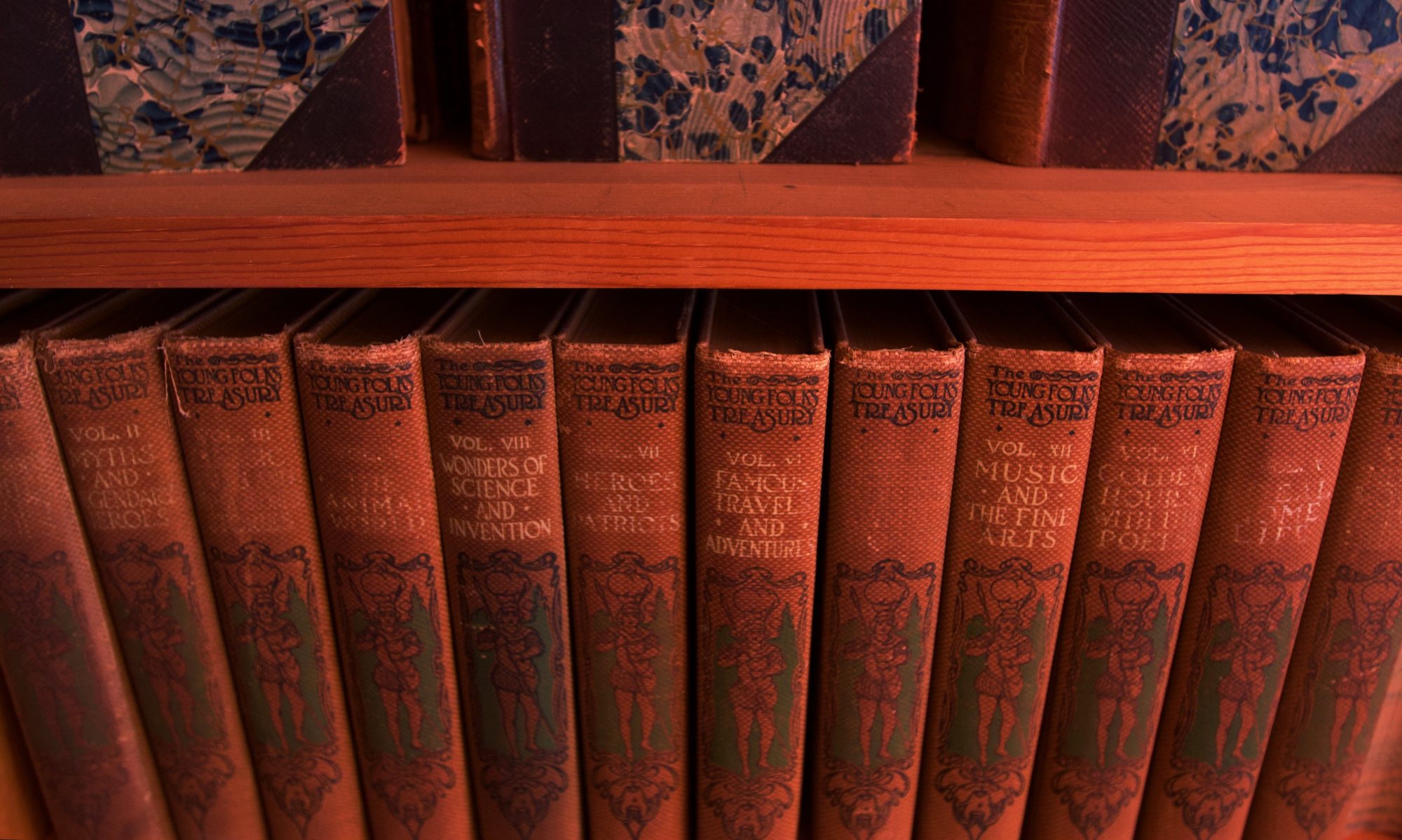
2023 was a particularly hard year for many of my loved ones. Start to finish, this past year seemed to hammer relentlessly on their bodies, hearts and minds. Yes, beauty found its way in too, but it was heavier than most.
Last week my family and I crossed off a bucket-list item by dog sledding along the half-frozen Granite Creek in Bridger-Teton National Forest, outside Jackson Hole. Its glacier-fed water was a surprisingly deep teal that swirled into solid masses of turquoise and powder blue ice, flanked by silent evergreen trees and snow.
Peaks rose up on the opposite embankment, the rank and file of the Grant Tetons. As we mushed past, the mountains stood at attention, decorated in spruce, fir, and pine—forests so dense they turned the ridgeline black against the white winter sky.
Dense, at least, until it wasn’t. Almost instantly, the thick forest on the far hillside turned to toothpick trunks, trees stripped bare of leaves and life. There the earth was sick and frail.
“What happened there?” I asked Monica, our guide and musher.
“There was a fire in 2016,” she answered. “You can see where they put it out, but we lost over 20,000 acres of trees.” Confidently, she added, “it’ll come back though. The trees were lodgepole pine.”
Every year, the lodgepole pine produces an abundance of the familiar “open” pinecones. However, because this seedling requires considerable sunshine and almost always falls in the dense shadowy stand among the forest, these seeds rarely grow into mature trees.
But I learned that the lodgepole pine also makes a second type of pinecone: the “closed” or serotinous cone. From the Latin serus meaning “late,” serotiny is a botanical term for delay. For years the tree holds these special cones with their seeds sealed shut inside, covered in a protective-if-uninviting resin, waiting.
Waiting, it turns out, for fire. Specifically for a fire that burns at 113-140 degrees, just intense enough to melt the resin encasing the seeds buried deep within its closed cones. A fire hot enough to strip the canopy bare so sunlight can penetrate the once-dark forest floor where the emergent seeds now lay exposed and hopeful.
The fire that kills also brings life.
For centuries, we humans have depended on the lodgepole pine. Its tall, straight trunk has supported our dwellings (cabins, fences, and firewood), and its thin bark has been used to nourish and to heal us (consumed by Native Americans, fed to horses, and chewed for medicinal benefit). While highly adaptive, the tree is also vulnerable, especially susceptible to the ravages of forest fires.
But by God’s design, the fire isn’t an end, but a beginning. According to the Colorado State Forest Service, “the prolific regeneration that naturally occurs in the open, sunny areas left in the fire’s wake often results in dense stands of 20,000 or more trees per acre.” Built into the forest’s greatest weakness is a hidden strength—an insurance policy for the future, the key to its own long-term health and survival.
And the same God who manages the pine forests is looking after us.
I see no point in naming what we’ve lost over the recent years, individually or collectively. But we’ve not been the same for quite some time. Maybe it’s the pandemic. Maybe it’s politics. Maybe it’s that now I’m a pastor and I’m hearing more about others’ lives: the sacrifices and struggles. Maybe it’s age. Whatever it is, I carry grief with me now.
When I close my eyes and walk the landscape of my heart, I find pockets of it tucked here and there, like smoldering embers of what was.
But perhaps in these dead spaces are new seeds. Warm to the touch, still sticky with melted resin, broken open and laid bare, but already on a course to glory set for it long ago.










